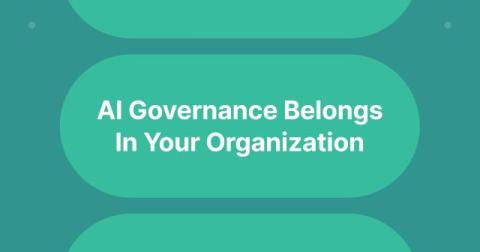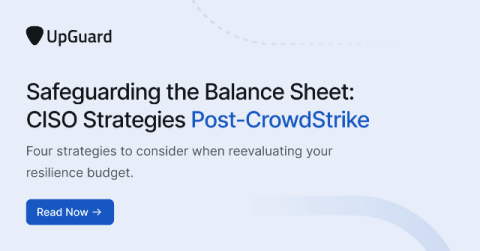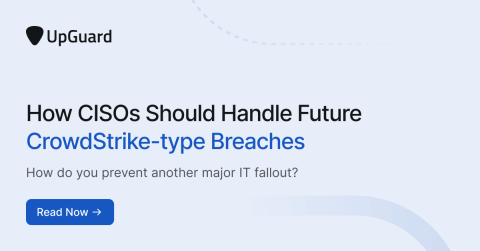A brief introduction to Industrial Control Systems and Security
You may not know it, but much of your daily life depends on Industrial Control Systems(ICSs). From the power you're using right now to the water you drink, it all depends on Programmable Logic Controllers (PLCs) and other ICS tech to be delivered. In fact, nearly any time something in the physical world needs to be automated, there will be an ICS involved.











